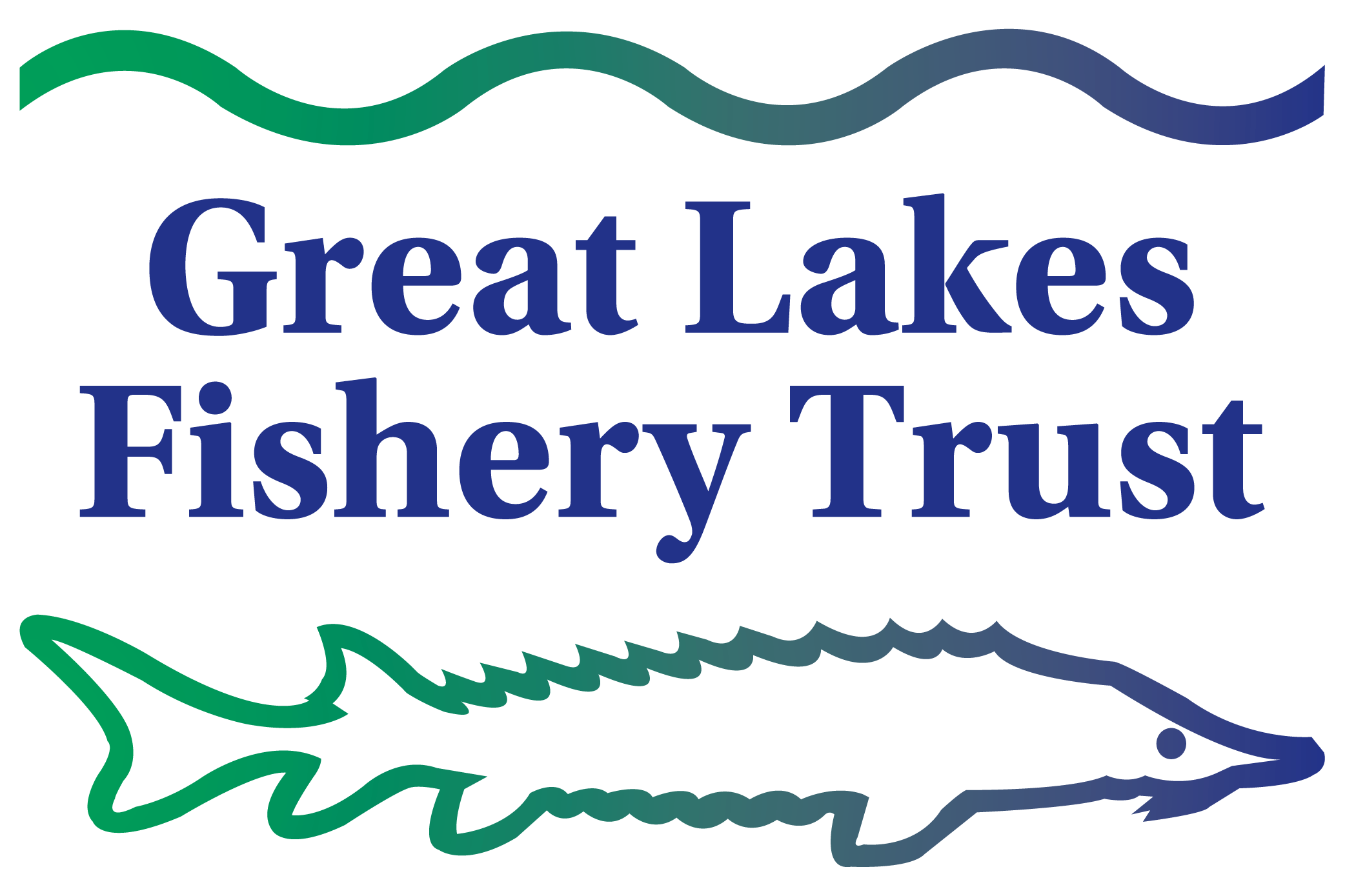We are expanding our efforts to publicize the projects we fund to show the impact of Great Lakes Fishery Trust funding in communities across the Lake Michigan basin and beyond.
The GLFT recently approved eleven proposals totaling $1.48 million. These projects will investigate whitefish abundance, cisco behavior, and fish spawning habitat; inventory road-stream crossings in two watersheds; remove barriers along rivers and provide educational opportunities for students and teachers.
Summaries of the proposals are below.
2023 Funded Ecological and Biological Research to Inform Management Proposals
University of Wisconsin–Stevens Point for Estimation of Lake Whitefish Spawning Stock Abundance Using Close-kin Mark-recapture
Researchers are studying the decrease in the lake whitefish population in Lake Michigan. The number of adult whitefish was much bigger in the mid-2000s. To find out why, researchers will use data from 2000 to 2018 and apply a method that looks at family relationships among the fish to estimate their numbers.
Michigan State University for Behavioral Investigations of Olfactory Imprinting to Natal Odors in Cisco Coregonus artedi
Researchers hypothesize young cisco fish remember odors from early life stages and later use these odors to locate spawning sites. They will test whether cisco are behaviorally attracted to water from the same hatchery where they spent the first part of their lives. If they recognize and are attracted to odors in water, they may use these cues to find their way back to their natal stream to spawn, as do many salmonid species. Results from this research could inform how cisco fish are restocked in the Great Lakes.
Lake Superior State University for More Than Water Under the Bridge: Inventory and Viability Assessment of Fish Spawning and Nursery Habitats in the Straits of Mackinac
This research will take a close look at the underwater areas in the Straits of Mackinac focusing on fish spawning and nursery areas. These are important to diverse activities like fisheries, transportation, energy, and water-related tourism. As the location of Enbridge Energy’s Line 5 pipeline and an important transportation area, it has potential for catastrophic environmental damage from oil spills and shipping accidents. However, little is known about the ecological role this area plays in fisheries production ecology.
2023 Funded Habitat Protection and Restoration Proposals
City of Albion for City of Albion Dams Removal Project
The City of Albion was granted funding for engineering and design to remove five dams on the North and South Branches of the Kalamazoo River. Removal of these dams would reconnect 41 river miles with the mainstem Kalamazoo.
Muskegon Conservation District for Mona Lake Watershed Road Stream Crossing Inventory
Muskegon Conservation District will conduct an inventory of road-stream crossings in the Mona Lake watershed. This inventory will be used to update the Mona Lake Watershed Management Plan.
Huron Pines for Upper Thunder Bay River Restoration
Huron Pines will use GLFT funding to replace two undersized road-stream crossings on the Thunder Bay River, reconnecting 20 river miles of coldwater habitat. This site was prioritized for restoration under a previous GLFT grant.
St. Joseph County Conservation District for St. Joseph River Watershed Road Stream Crossing Inventory
St. Joseph County Conservation District will conduct an inventory of road-stream crossings throughout the entire St. Joseph River watershed. This inventory will be used to identify problem road-stream crossings for future repair or replacement.
2023 Funded Great Lakes Stewardship Proposals
The Western Upper Peninsula Center for Science, Math, and Environmental Education for Watershed Relations: Community Stewardship and Service for Healthy Fish Habitat
Communities in the western Upper Peninsula on Lake Superior are increasingly impacted by environmental issues related to coastal storms, shoreline erosion, fluctuations in lake level, and impacts to water quality. Through professional learning, watershed assessments, and student-led stewardship projects, teachers, students, and community partners will explore how these events have implications for fish habitat and fish health thereby reflecting the health of their communities.
Tip of the Mitt Watershed Council for Watershed Academy Expansion
High-school students will experience hands-on education through stream monitoring within their watersheds and projects addressing concerns identified in the community’s watershed management plan. Elementary students will learn about their watershed through an after-school program with hands-on activities. A new “Educators Watershed Academy” will provide teachers tools, experience, and a network to help engage students, parents, and community leaders in watershed education.
Huron River Watershed Council for Huron River Watershed Council Youth Education Programming
Huron River Watershed Council’s youth education program consists of four main branches, all of which emphasize science learning and environmental protection for K–12 and college-aged students: aquatic field internships, streamside education, summer learning experiences, and intergenerational monitoring events. At each experience, young people experience grade-level appropriate, hands-on, real-life watershed ecology.

